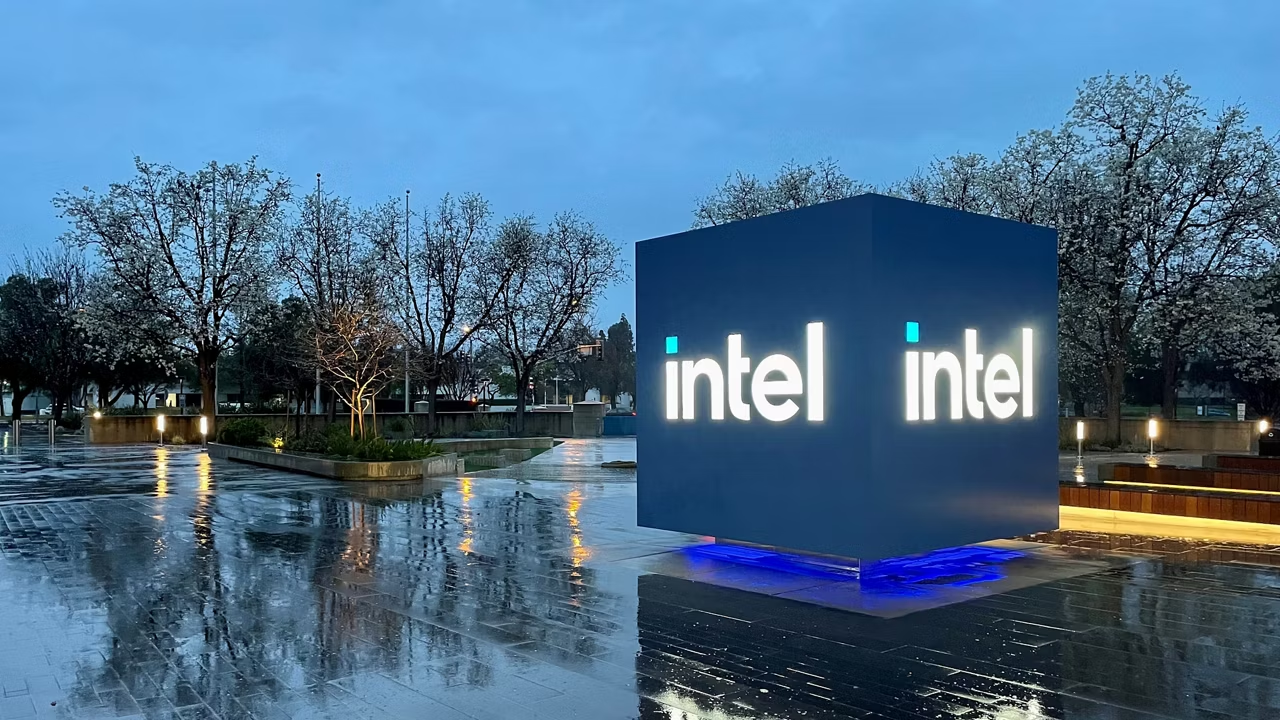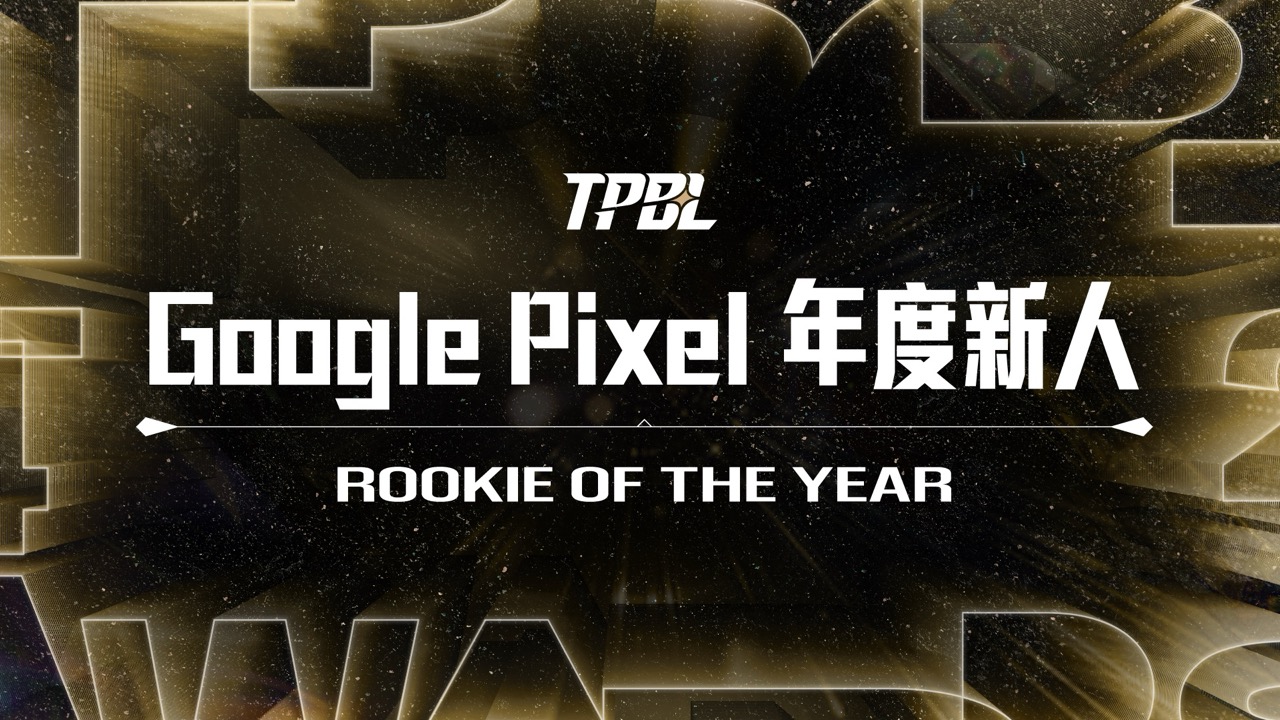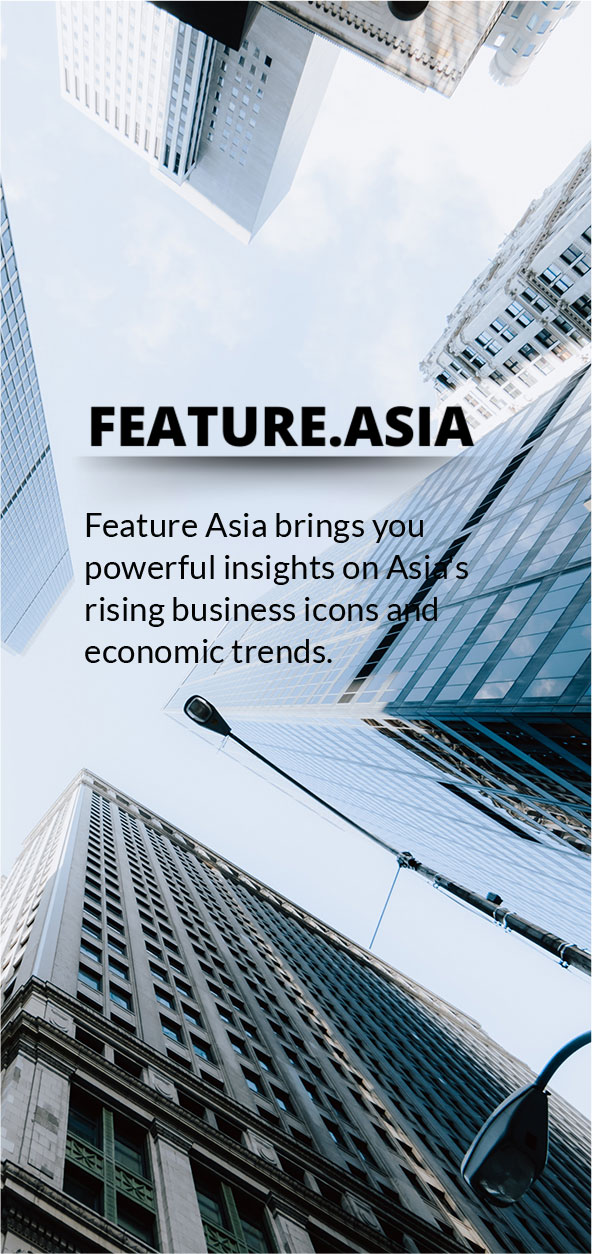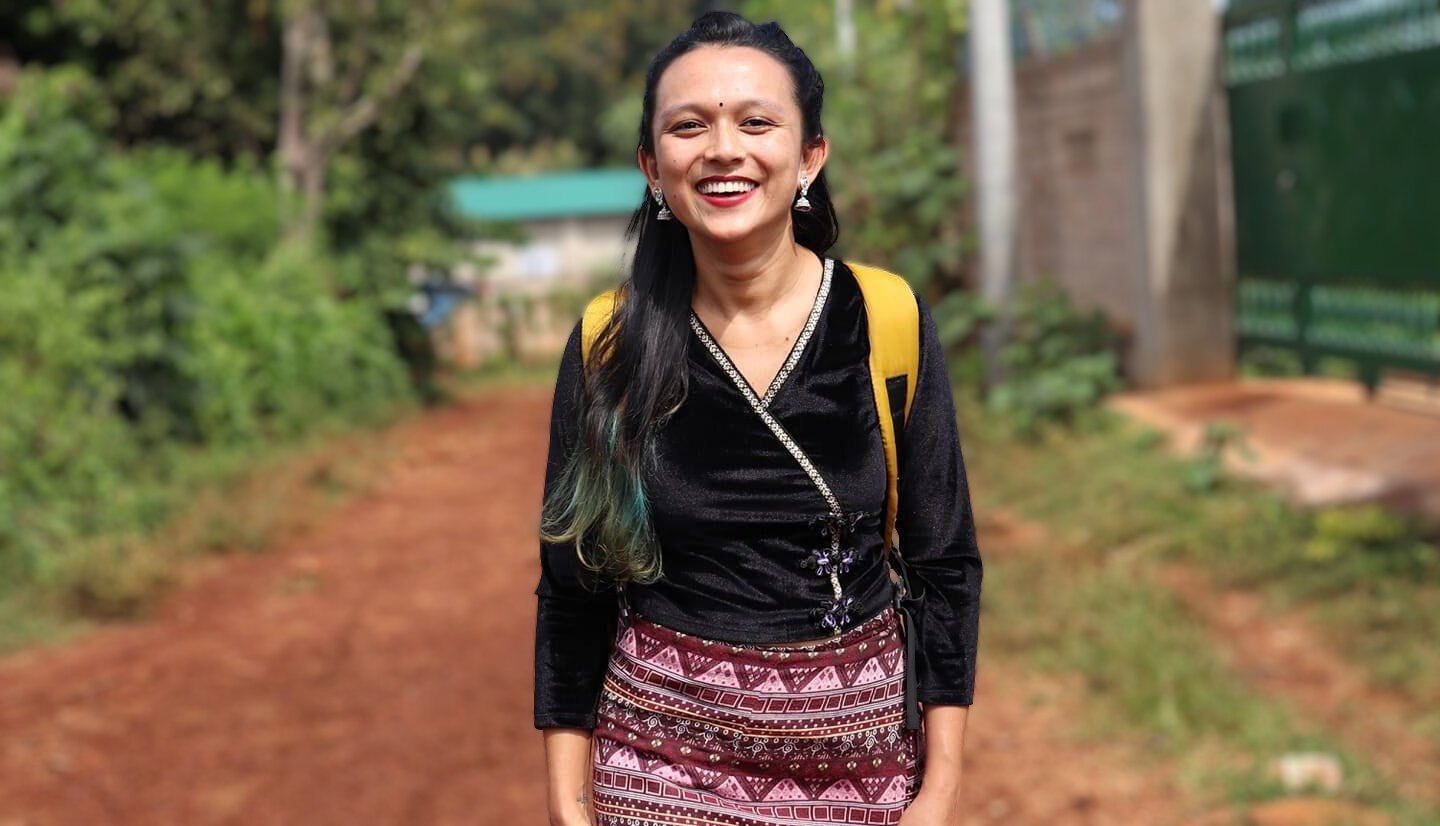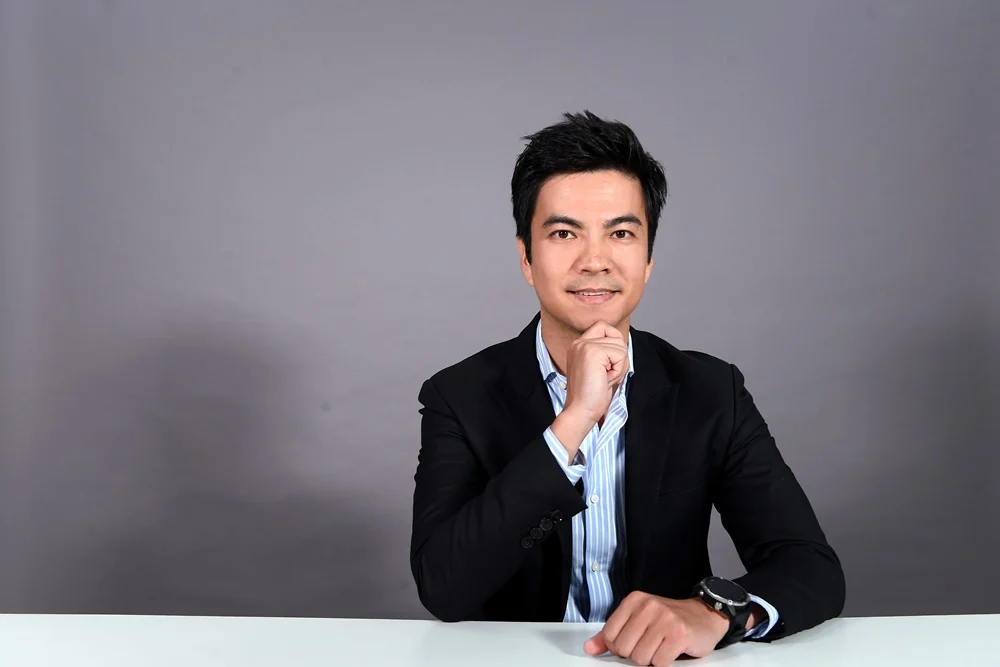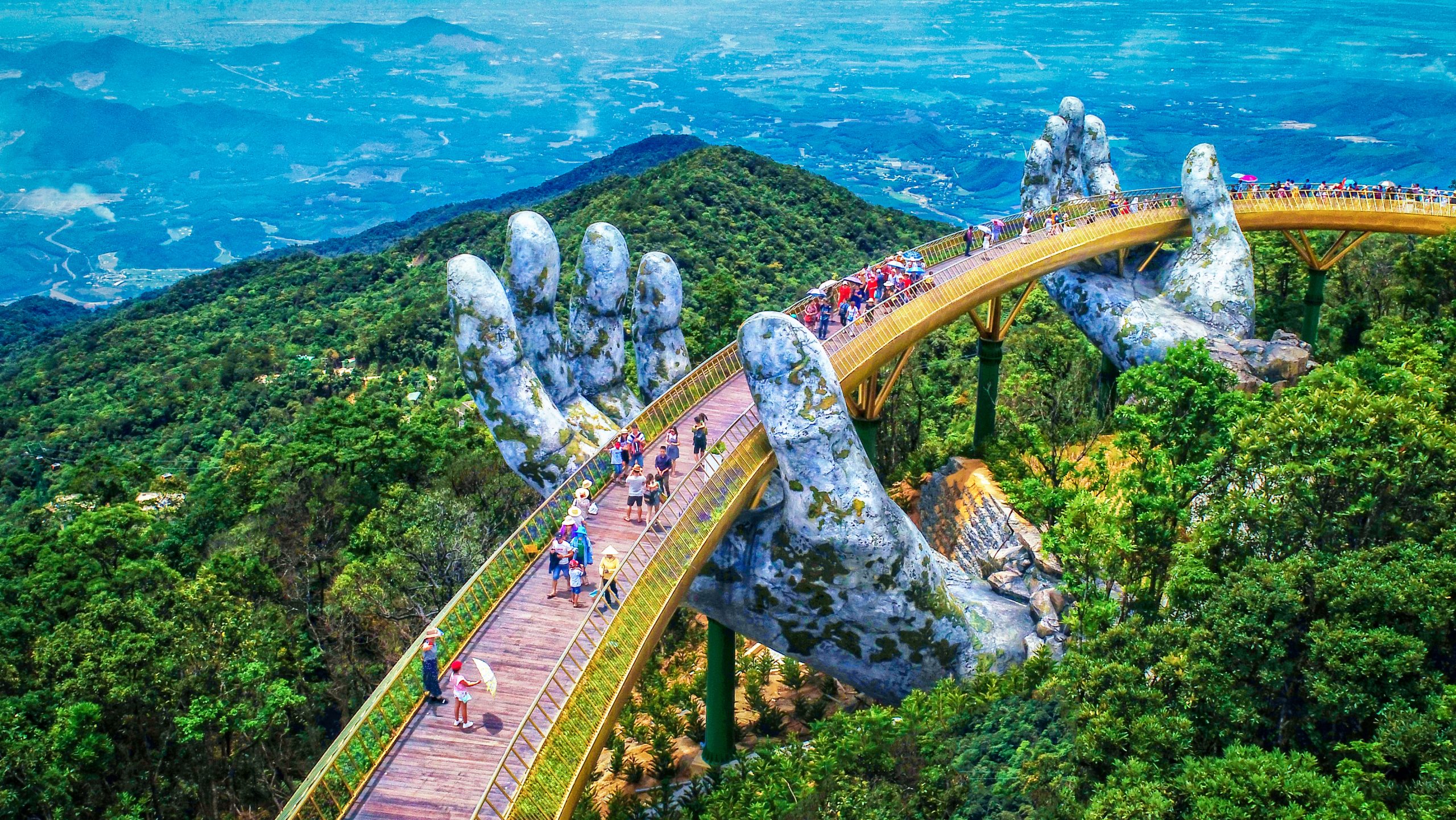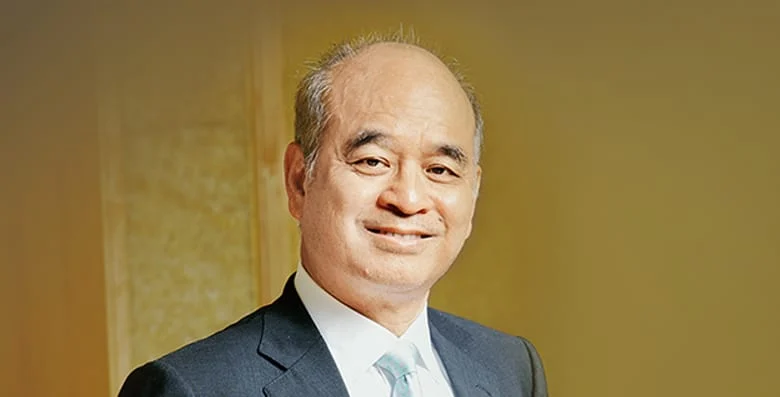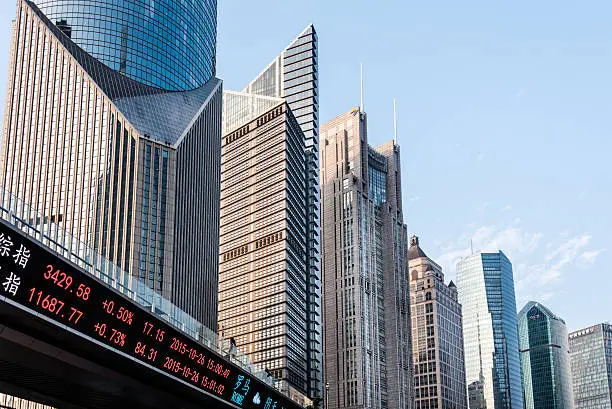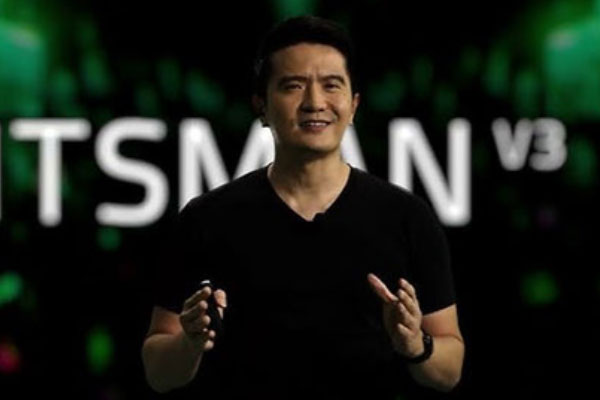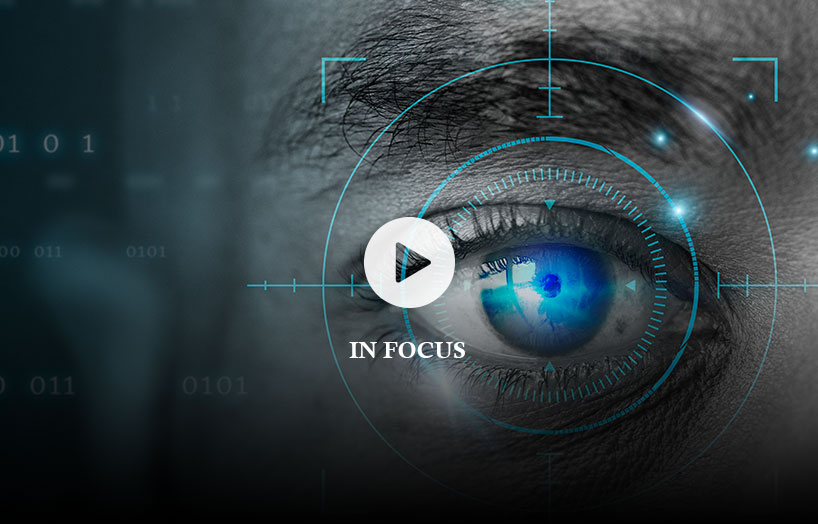Wellness is no longer a weekend affair — it’s everyday living
Once seen as a luxury for spas and retreats, wellness in Singapore has quietly transformed. In 2025, the wellness industry in Singapore is embedded in daily routines. From health tech to mental wellness apps and even workplace culture, wellness is now part of how Singaporeans live, not just how they relax.
People are no longer consuming wellness passively. Instead, they are integrating it into how they sleep, work, and spend their time. This shift is driving opportunities across tech, retail, healthcare, and urban planning.
Smart health tech and home-based well-being take centre stage
At the heart of this evolution is smart wellness technology. Brands like OSIM, Sterra, and uGlow have brought massage chairs, air purifiers, and skincare tools into Singapore homes. These are no longer luxury items. Thanks to subscription models and pay-as-you-go financing, wellness tools have become household staples.
The pandemic accelerated this trend. Consumers started prioritizing home comfort and personal wellbeing. Now, wellness devices are marketed as preventive tools for productivity, better sleep, and mental focus.
Local startups such as MindFi have also grown, offering app-based stress relief and burnout prevention. These platforms cater to both individuals and companies, integrating into daily work-life balance.
How Singapore’s wellness economy reflects policy and population shifts
Singapore’s policy focus also reflects this shift. Under the Healthier SG initiative, residents are encouraged to take part in preventive healthcare. This includes regular screenings, GP partnerships, and health tracking tools. It’s not just about treatment — it’s about lifestyle.
Employers are adapting as well. Corporate wellness programs now include mental health days, digital counselling access, and ergonomic home setups. Malls and retail spaces are changing, too. Places like Funan and Jewel Changi feature wellness-focused stores and immersive try-before-you-buy experiences.
These developments show that wellness is now expected. Whether it’s a quiet area in a mall or a stress scan at a clinic, it’s all part of Singapore’s new normal.
Where Singapore’s wellness industry is headed next
In the next phase, Singapore’s wellness industry will likely expand into diagnostics, functional foods, and home-based medical services. The boundary between healthcare and consumer wellness is narrowing fast.
This creates space for startups and legacy brands alike. Companies that understand daily habits — not just trends — will lead the next wave. In Singapore, where tech adoption meets health awareness, the conditions are ideal.
Wellness used to be a treat. In 2025, it is a baseline. And that’s changing the way Singapore lives.


